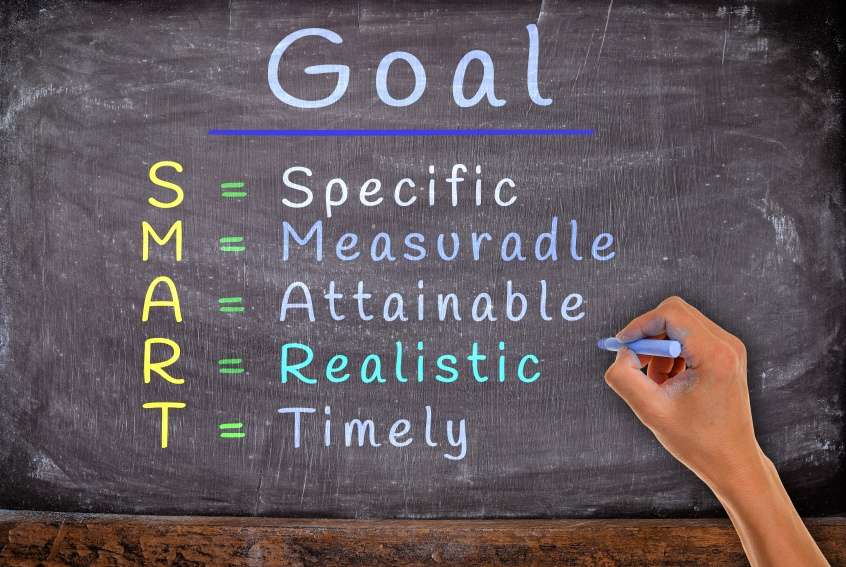10 Signs You Should Invest In Creative Marketing Solutions
 With social media, customer-driven reviews, and the ability to find solutions to so many challenges online, online marketing has become about information, conversation, and relationships, rather than getting in front of your audience with a bullhorn.
With social media, customer-driven reviews, and the ability to find solutions to so many challenges online, online marketing has become about information, conversation, and relationships, rather than getting in front of your audience with a bullhorn.
But how do you strategize around being helpful and nurturing relationships with your clients or buyers?
Here are 10 things that may be causing your organization to stagnate. These are areas where developing creative marketing solutions could help breathe life back into your marketing.
1. You don't have a marketing plan.
If you are like many organizations, you don’t have a nonprofit marketing plan in place, and often you don’t even know where to begin. You have a sense that you should probably update your website. You may see that if you don’t start using your social media platforms consistently, you could lose opportunities to reach the growing number of users who use it to research and connect with organizations.
2. Your website is outdated.
At one time you viewed your website as a one-and-done brochure that talked about you, your organization, and your services. You figured when folks browsed to it, they would grab the phone to make an appointment or find out more about your services.
We now know that 75% of new website visitors are only in research mode. They are looking to engage—not with you at the moment, but with interesting and useful content for them. Nowadays, your online success depends on your thought leadership, authority, and engagement.
3. You have no blog.
This is related to the previous point: Your website hasn’t had any life breathed into it in what seems like forever. Your website is all about your organization, but it has no fresh, engaging content to help visitors begin to find solutions to their challenges, which is why they are searching in the first place.
Your ideal buyer may not even know what it is they need yet. Your job is to help them become aware of their issue so that they can start to consider their options for solving it. Otherwise, they will likely look right through your website and keep going until they find the answers they are looking for—possibly with your competitors.
4. You get a lot of traffic, but you don't see business coming from it.
Another one-and-done activity was to optimize your site for search; this involved improving meta titles and descriptions and revising some of the copy on your pages. Maybe you got a step ahead of many and have been adding fresh content by effective blogging to increase traffic to your site.
But now that you have some traffic, you have no idea who the visitors are, or what to do with them. You don’t have the right kind of intelligence about the audience, and you don't know if they are even the types of people you want to acquire as customers. You also have no strategy for continuing to engage and nurture them.
5. You have social media followers, but you don't see business coming from them.
Social media has become crucial for brands to connect and invite a two-way dialogue with their audience. Eighty percent of U.S. social network users prefer to connect to brands through Facebook. But many organizations don’t take the time to develop a strategy for using their social media to nurture prospects.
You can find out from your buyer persona profiles what platforms your audience is using the most, and then begin to be proactive about how you will communicate with that audience. Best practices for social media include using images and including links back to your helpful and informative blog articles. You can create a strategy for daily maintenance that will engage and nurture your audience.
6. You have a lot of expertise in your organization.
Search engines place a priority on the searchers: Search engine optimization is actually secondary. If you share the type of information that your audience needs in their buyer’s research process—your brilliant expertise and your wealth of industry knowledge in the form of blogs and downloadable content—search engines will notice your site more and more, and you will gain authority on the web, which in turn will help you climb up to the first page.
7. Your email marketing is stale.
If you are sending the same old e-newsletter, loaded with every topic you can think of to your entire contact list, then your email marketing is stale, or at the very least it is not working as hard and effectively as it can.
To engage with your audience, personalize. HubSpot reports that click-through rate (CTR) is higher when the recipient's first name appears in the subject line compared to when it does not appear.
Additionally, triggered email messages get 119% higher click-through rates than "business as usual" messages. Your personas are more likely to view content that is geared toward their particular challenges and interests.
8. SEO is your marketing strategy.
Traditional SEO agencies spend time in this cycle: optimize meta data, perform basic on-page SEO, analyze data, and repeat.
Search engine optimization is so much more than the mechanics of getting keywords on your site. Search algorithms take into account many other factors, such as the popularity of content across the internet and social media growth. So if you aren’t building great content for searchers on top of basic SEO, then your site is going to become a lower priority for search engines.
9. SEM is your marketing strategy.
A common misunderstanding is that if you are investing in PPC, then you have your online marketing covered.
Pay-per-click advertising is one way to increase traffic to your website. But once you get the traffic to your website—then what? Do you have a strategy in place once PPC hands the baton off to your website to engage and inform your visitors, and to convert them into quality leads?
10. You have no marketing team.
Marketing involves multiple skill sets. An effective marketing strategy involves SEO, social media, content writing, design, development, strategy, project management, data analysis, and more. It's virtually impossible for one person to have the time or the skill to handle everything.
If you don’t have the internal resources and talent, consider hiring an agency partner that can be an extension of your marketing department.




